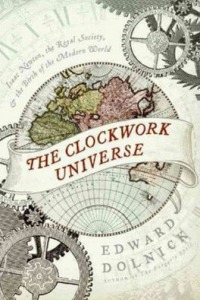
Liknande böcker
William Crookes (1832-1919) and the Commercialization of Science
Bok av William H Brock
William Crookes' long life was one of unbroken scientific and business activity, culminating in his appointment as President of the Royal Society in 1913. Throughout his career he was an important science journalist, the discoverer of thallium, the inventor of the radiometer, investigator of cathode rays and the vacuum, a spectroscopist of significance in rare earth chemistry, and a spokesman for a chemical solution to the problems with the world's food supplies. He was also, and perhaps most controversially, an occultist who played a significant role in spiritualism in the 1870s, and was involved with D.D. Home (Browning's Mr Sludge) and other notable mediums of the day. Previous literature on Crookes has tended to focus on his involvement with the spiritualists, sometimes to the detriment of his many scientific achievements. This, the first biography of William Crookes, gives us the whole man: one of the most complex, public, and interesting figures in the history of science. Professor Brock guides us through the abundant catalogue of Crookes' accomplishments, placing his scientific activities in the context of the business of making a living from science - something that Crookes did principally as a science journalist and editor with his Chemical News (the model for today's Nature), and by business enterprises ranging from water analysis, sewerage schemes, and goldmining to the design of electric light bulbs. We also see Crookes in the lab, as an independent researcher, and learn the processes behind his discovery of thallium, his investigations into matter and energy, and his crucial work on cathode rays. We see the public man, the celebrity who was much sought after for his opinions on the latest discovery, and who was widely regarded as Britain's leading scientist at the beginning of the twentieth century. Scientist, spiritualist, entrepreneur: Sir William Crookes' extraordinary life and many endeavours provide a unique window into Victorian and Edwardian science and industry.







